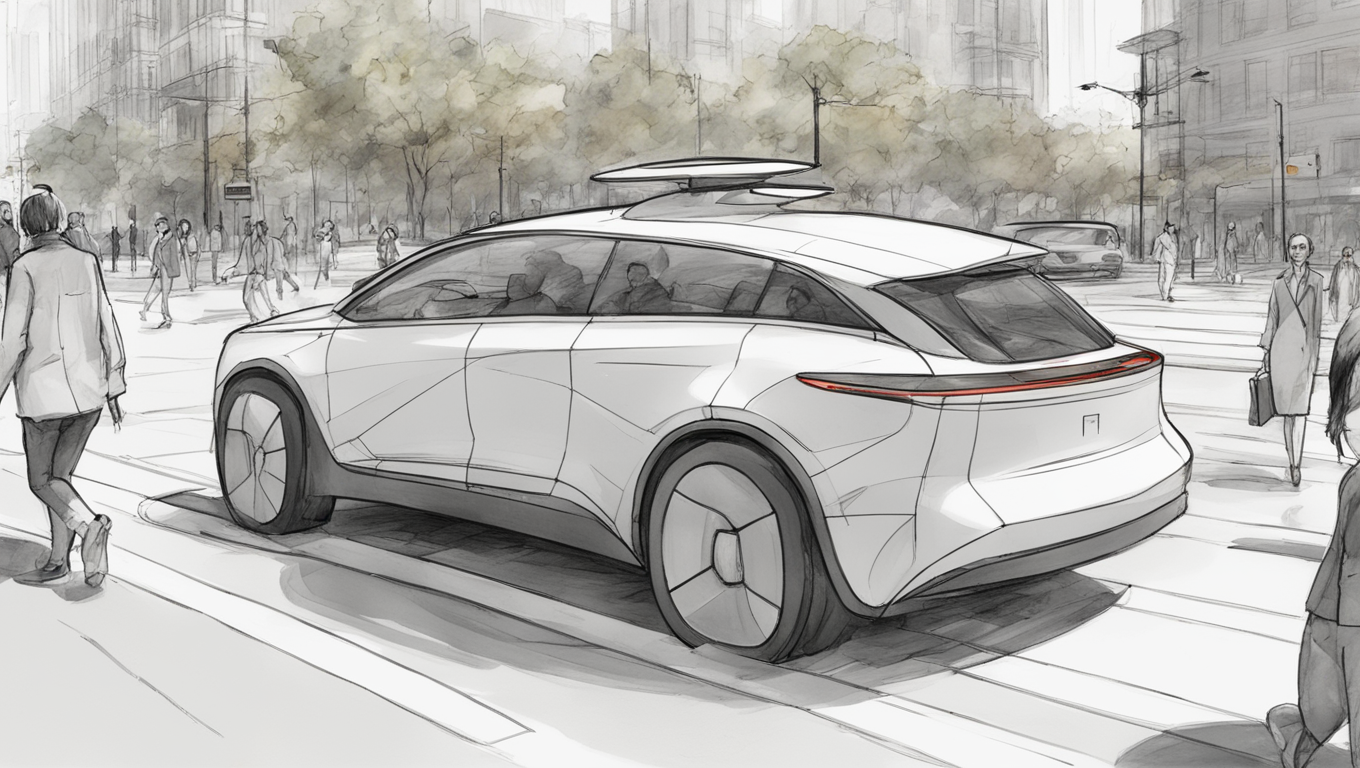In the world of autonomous vehicles, the technology behind self-driving cars is constantly evolving. Artificial intelligence (AI) plays a crucial role in enabling these vehicles to operate autonomously, but there are still significant challenges to overcome. Current algorithms lack the human-like understanding and reasoning necessary for driving in complex, real-world environments.
One of the key areas where AI needs to improve is in contextual reasoning. Vehicles must be able to interpret and navigate through complex visual cues, including obscured objects and unpredictable elements in the environment. Without this ability, they may struggle to make informed decisions in dynamic driving situations. For example, when approaching a busy intersection with traffic lights, an autonomous vehicle must not only obey the current signals but also predict the actions of other road users and consider how those actions might change under different circumstances.
Furthermore, social interaction is another area where AI falls short compared to human drivers. Humans excel at negotiating and understanding nuanced social cues on the road, such as who has the right of way in ambiguous situations. Developing algorithms that can replicate this level of social interaction is crucial for ensuring the safe coexistence of AI-driven cars with human drivers.
“To ensure seamless coexistence with AI-driven cars, we urgently need to develop groundbreaking algorithms capable of human-like thinking, social interaction, adaptation to new situations and learning with experience,” says one expert in the field.
These advancements in AI-driven vehicles require new standards and mechanisms for testing and validating their capabilities. The current methods used to assess autonomous driving systems are no longer sufficient. Rigorous testing and validation methods should be implemented to ensure that AI-driven vehicles meet the highest standards of safety, performance, and interoperability.
The future of autonomous vehicles is not limited solely to fully self-driving cars. While there is still a place for them, particularly in specific uses like autonomous shuttles and highway driving, it’s crucial to focus on benefiting the entire community. This means considering diverse perspectives and involving experts from various fields, including car manufacturers, policymakers, computer scientists, human and social behavior scientists, and governmental bodies. Collaboration among these stakeholders is essential to address the current challenges and create a robust framework for integrating autonomous vehicles onto our roads.
“This collaboration should aim to create a robust framework that accounts for the complexity and variability of real-world driving scenarios,” explains another expert. “It would involve developing industry-wide safety protocols and standards, shaped by input from all people with a stake in the matter and ensuring these standards can evolve as the technology advances.”
Transparency and public trust are also critical factors. Open channels for sharing data and insights from real-world testing and simulations are necessary to build public confidence in the reliability and safety of AI systems in autonomous vehicles.
Although there are still significant obstacles to overcome, the field of autonomous vehicles holds immense promise. With continued innovation and collaboration, the industry can make significant strides in advancing contextual reasoning and social interaction in driverless cars. The ultimate goal is to create a safer and more harmonious traffic environment where AI-driven and human-driven cars can coexist seamlessly.





Use the share button below if you liked it.